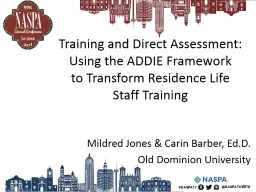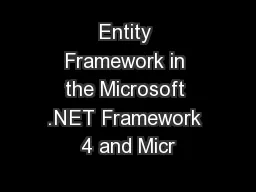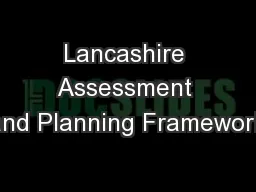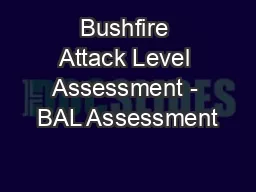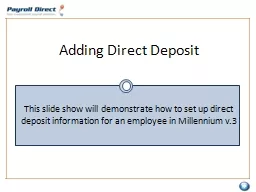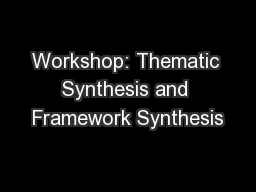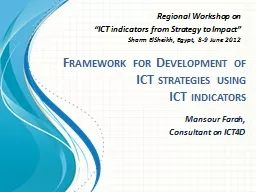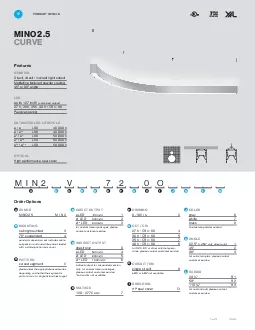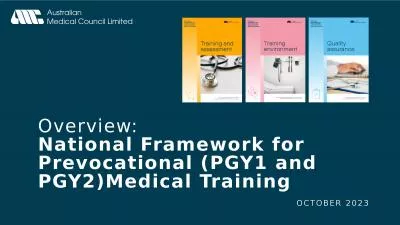PPT-Training and Direct Assessment: Using the ADDIE Framework
Author : natalia-silvester | Published Date : 2019-11-01
Training and Direct Assessment Using the ADDIE Framework to Transform Residence Life Staff Training Mildred Jones amp Carin Barber EdD Old Dominion University Program
Presentation Embed Code
Download Presentation
Download Presentation The PPT/PDF document "Training and Direct Assessment: Using ..." is the property of its rightful owner. Permission is granted to download and print the materials on this website for personal, non-commercial use only, and to display it on your personal computer provided you do not modify the materials and that you retain all copyright notices contained in the materials. By downloading content from our website, you accept the terms of this agreement.
Training and Direct Assessment: Using the ADDIE Framework: Transcript
Download Rules Of Document
"Training and Direct Assessment: Using the ADDIE Framework"The content belongs to its owner. You may download and print it for personal use, without modification, and keep all copyright notices. By downloading, you agree to these terms.
Related Documents

